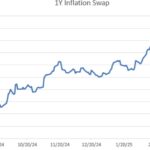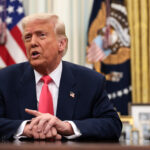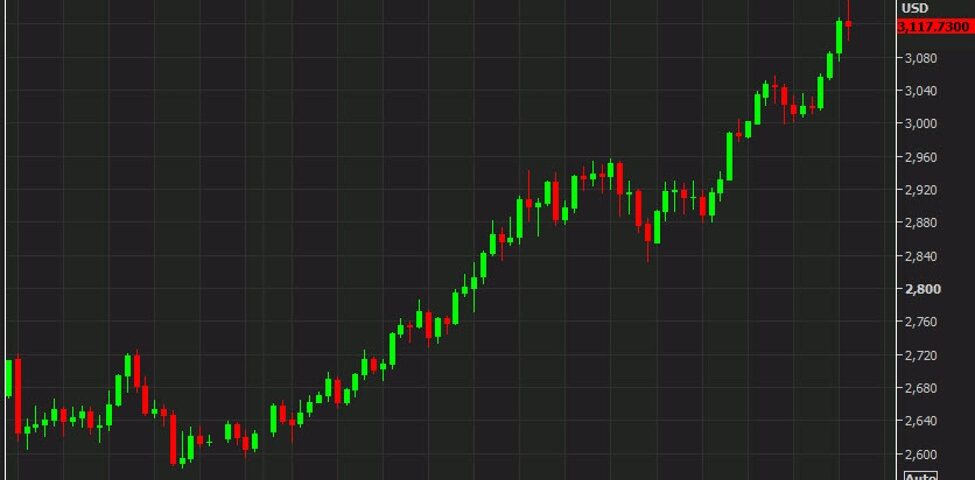
Navigating the Economic Triangle: Tariffs, Federal Reserve Policy, and Inflation in the U.S.
Tháng 4 1, 2025
The Economic Fallout of Trump’s Tariffs: Revenue, Inflation, and Trade Realities
Tháng 4 1, 2025The Future of Gold Prices: Economic Factors and Tariff Implications
Gold has long been regarded as a safe haven for investors, especially during times of economic instability and uncertainty. Recent developments, particularly with tariffs under the administration of Donald Trump, have led to speculation about gold’s future performance. As discussed in a recent article from ForexLive, gold prices could cool off if the tariff rates aren’t too high, highlighting the intricate relationship between geopolitical events and precious metals markets.
Gold’s Bullish Performance and Current Market Trends
As of early April 2025, gold has seen remarkable growth, reaching historic highs above $3,000 per ounce, which is an 18.37% increase since the start of the year. This surge can largely be attributed to safe-haven buying from investors wary of the escalating tensions surrounding U.S. tariff plans set to take effect on April 2. The reaction of the market to tariff announcements has historically been a significant driving factor in gold pricing.
When tariffs are introduced, concerns about a potential global trade war spike, prompting investors to flock to gold as a protective asset. Such conditions typically lead to higher gold prices, as seen in the current bullish run. However, analysts caution that the extent of these tariffs will ultimately dictate whether gold can sustain its rally. If the tariffs are deemed moderate and don’t escalate tensions too severely, it’s plausible that gold’s growth could experience a cooling effect. This sentiment is echoed in discussions surrounding value investing, which emphasizes understanding intrinsic value and market movements in the context of economic instability.
Impacts of Tariff Severity on Gold Prices
The market’s anticipation surrounding the newly announced tariffs is critical. Should they turn out to be more benign than initially feared, it may dampen gold’s momentum. The current landscape suggests the potential for prices to stabilize or even correct, especially if investors perceive less of a threat to economic stability. Conversely, higher than expected tariff rates may reinforce gold’s rally as investors scramble to hedge against market volatility and economic uncertainty.
Analysts are divided in their forecasts for gold’s trajectory throughout the remainder of 2025. Some suggest that prices could ascend to $3,250 to $3,300 per ounce, propelled by consistent demand from exchange-traded funds (ETFs) and central banks purchasing gold for reserves. Others, however, warn that gold might be approaching a cycle top, indicating a possible price correction after its anticipated peak in April, particularly if it exceeds $3,200. Common investment mistakes should be avoided during such volatile market conditions, as outlined in the article Top Investment Mistakes to Avoid in 2023.
Conclusion: Monitoring Geopolitical and Economic Indicators
As we navigate through 2025, the future of gold prices largely hinges on geopolitical developments and economic conditions influenced by tariff implementations. The balance of power in international trade and its ramifications for investor sentiment will continue to shape demand for gold. With the market’s eyes firmly set on these unfolding events, both gold enthusiasts and investors must remain vigilant, understanding that the precious metal’s pathway will be a responsive one, molded by the ever-changing global economic landscape.
In conclusion, while gold has demonstrated a strong performance lately, its capacity to maintain this upward momentum is intricately linked to tariff severity and broader economic factors within the geopolitical sphere. For further insights into these dynamics, the blog about China’s Strategic Moves offers perspectives on how global trade tensions can impact markets and commodities like gold.

